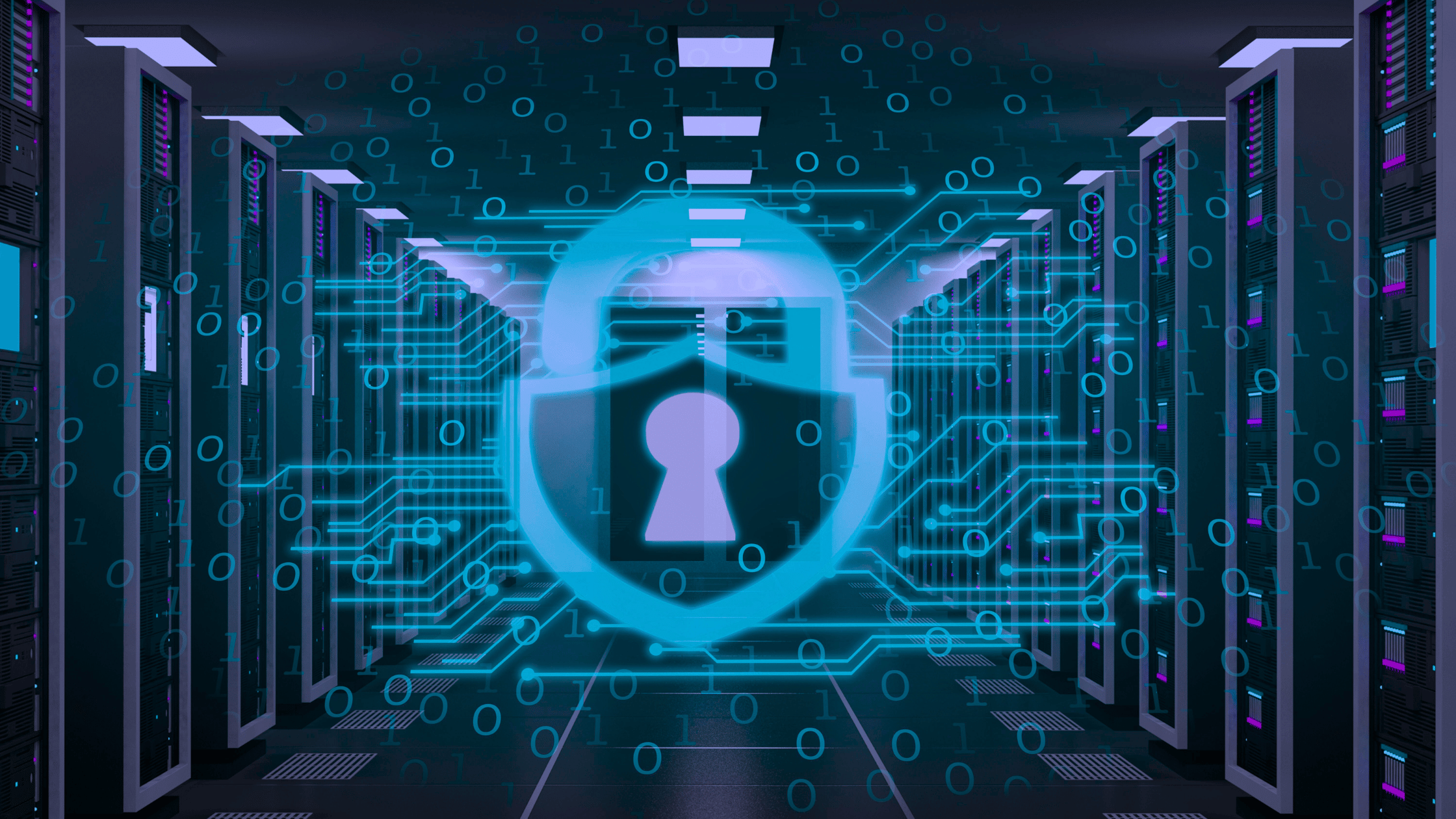Your systems are locked. A glaring message demands a six-figure payment in cryptocurrency. For any IT professional or crisis management team, this is the start of a nightmare. The immediate focus gravitates to a single, urgent question: “Do we pay the ransom?”
The answer is simple: NO. Never pay the ransom!
Unfortunately, the real, business-crippling expenses lie beneath the surface, in the murky depths of operational paralysis, cascading system failures, and long-term recovery efforts. Understanding this full financial picture is the only way to shift from a reactive crisis posture to a proactive, resilient one.
The real cost of a cyber attack to a business includes a cascading phase: the initial impact, the recovery chaos, and the long-term fallout.
Phase 1: The initial impact
This is the phase of acute financial exposure. System downtime translates directly into escalating, quantifiable losses with each passing moment. This isn’t just about lost sales. It’s the complete halt of productivity.
The average downtime from a ransomware attack hovers around 24 days. To calculate the approximate loss, start with your company’s gross annual revenue, divide it by the number of business days in a year, then by the hours in a workday. That staggering per-hour figure is what you’re losing. Now multiply that by the salaries of every employee who cannot perform their duties.
Unless you have a 24/7/365 in-house Digital Forensics and Incident Response (DFIR) team, your first call will be to an external firm. Activating an emergency DFIR service involves significant upfront costs, but their expertise comes at a premium, with hourly rates for senior responders often reaching hundreds of dollars.
Phase 2: The recovery
You’ve contained the breach, but now the real battle begins: rebuilding. This phase is a chaotic and expensive mix of technical labor and strategic decisions.
Paying the ransom does not guarantee a clean recovery. Decryptors provided by threat actors can be slow, corrupt files, or fail entirely. You will still spend countless hours and resources manually verifying data integrity, often increasing financial loss.
Even with viable backups, restoration is not a simple task. Before you even begin, you need to be certain the network is clean. A proper scan for ransomware remnants is critical to avoid a second attack during recovery. It requires a meticulous approach, involving rebuilding the servers from scratch, patching vulnerabilities that allowed the attack, and then carefully reintroducing data. This process can include:
- Rebuilding servers from scratch.
- Patching vulnerabilities that allowed the initial attack.
- Scanning the network to ensure all remnants of the malware are gone.
- Carefully reintroducing data and verifying its integrity.
Phase 3: The long-term fallout
Even after the threat is contained, the financial brunt continues for years. This is where the hidden costs truly metastasize.
A 2024 IBM report noted that the average cost per stolen record is now $169. But the real cost is the loss of trust. A significant breach can permanently damage your brand, leading to a quantifiable drop in future revenue.
Plus, if you have cyber insurance, your premiums will skyrocket after a claim. In some cases, insurers may refuse to renew your policy, leaving you dangerously exposed.
If the attack involved a data breach of sensitive information (like PII or PHI), you are now facing potential fines from regulatory bodies like the GDPR or CCPA. These fines can reach millions of dollars. Furthermore, you may face class-action lawsuits from affected customers or partners.
Shifting from cost calculation to risk mitigation
Understanding these cascading costs should lead to a critical realization: preventing an attack is exponentially cheaper than recovering from one.
Your defense starts with understanding your enemy. Knowing how ransomware spreads and the different types of cyber attacks is foundational for any IT team.
Ultimately, the cost of ransomware recovery is a brutal lesson in the real value of proactive cybersecurity. Investing in robust defenses, creating a resilient recovery plan, and partnering with incident response experts like Porthas are not expenses; they are essential investments in business survival.









